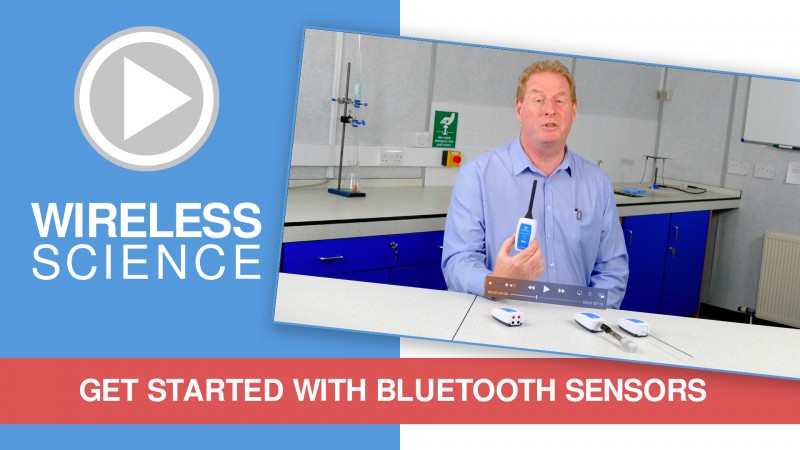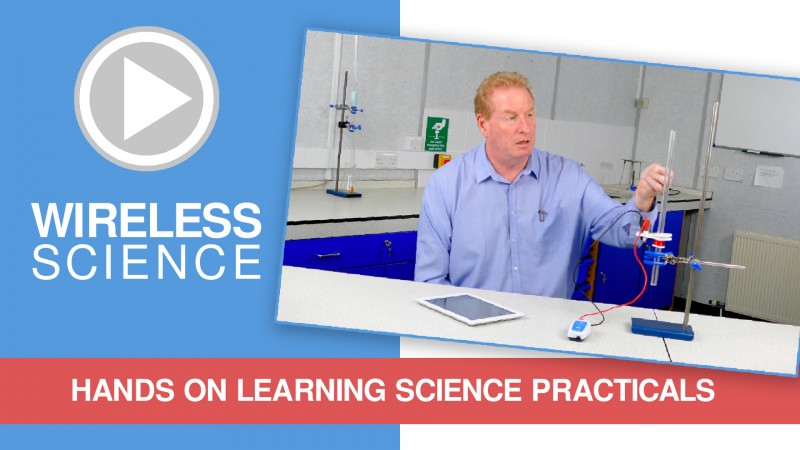Practical Investigations
The Smart Wireless Light & Colour Sensor can be used to investigate a number of scientific experiments such as:
- Comparison of the available light in an environment, for example in different rooms, or under a tree canopy compared to the open space between canopy cover
- Measure the flicker of fluorescent lights and the time slice flicker of LED lamps. Compare d.c. power source illumination vs a.c. power source illumination
- Light vs distance (illustration of inverse square law), identify a constant change in light intensity (for example light intensity vs. bubble production in photosynthesis).
- As part of an apparatus to measure the start-up events of a lamp (with light, voltage, current)
- Polarizing filters
- Youngs single and double slits
- Reflections
- Colour measurement of coloured papers, transparent filters etc.
Online Videos
Learn how to use data logging in the classroom with our Secondary Science Academy demonstration videos, which will walk you through using the new EasySense app and show you how to get hands-on with the latest Bluetooth wireless sensors. The video experiments will show you how to get the best out of your science lessons.
New online content is being continuously uploaded onto our YouTube channel, including practical worksheets as well as videos.
See our website for further information and links.
Explore Bluetooth SensorsAre you looking to make the jump to our smart wireless sensors? Or have you recently purchased them and want to know more about how they work? |
|
Explore EasySenseThe core of our science platform is our EasySense app. In these videos you will learn everything from the basics of our software to the most in-depth features. |
|
Explore Science PracticalsSee our Smart Wireless Sensors in action with a range of practical experiments. This is the best way to get started with the new Bluetooth sensors! |



